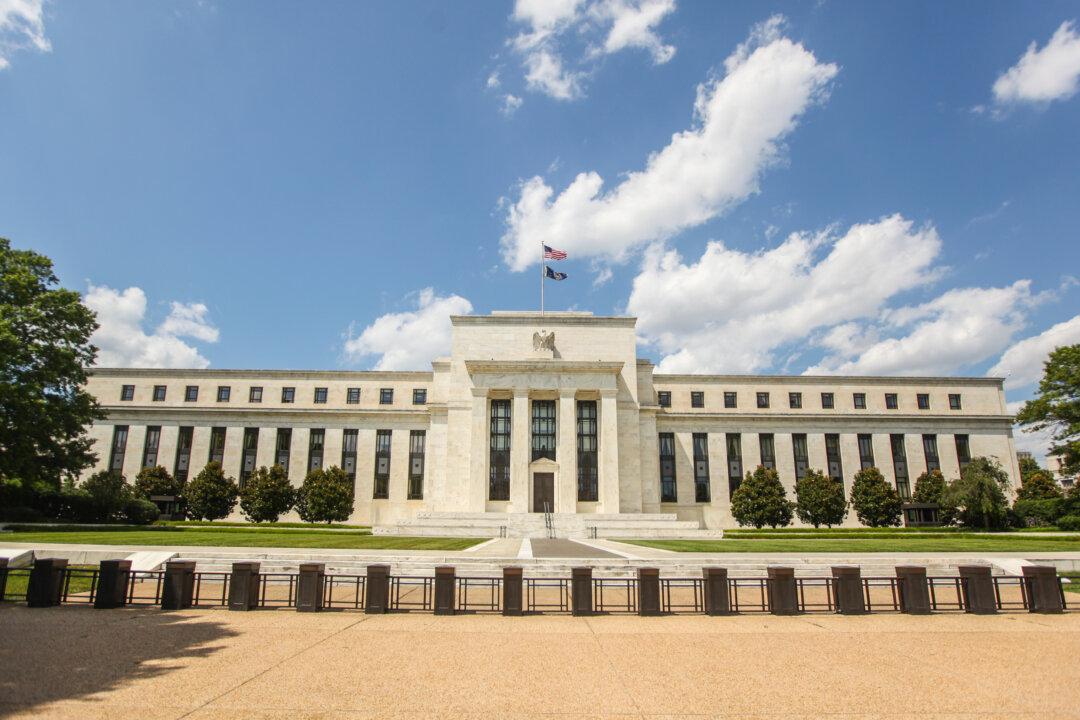China is probably looking forward to the new year. A fresh start on Feb. 8, putting all the currency chaos behind.
This may well remain wishful thinking, as events are going from bad to worse—and Jan. 6 is no exception.
The Chinese yuan fell 0.6 percent—this is a lot for a big currency—to 6.55, the lowest level since March 2011. Traders dumped the yuan after China’s central bank fixed its value 0.22 percent lower, another official devaluation.
China first devalued the yuan in August of 2015 and then intervened with great force in the market to keep its value relatively stable, spending $255 billion of its foreign currency reserves by the end of November.

China's foreign exchange reserves as of Nov. 30, 2015. Bloomberg





